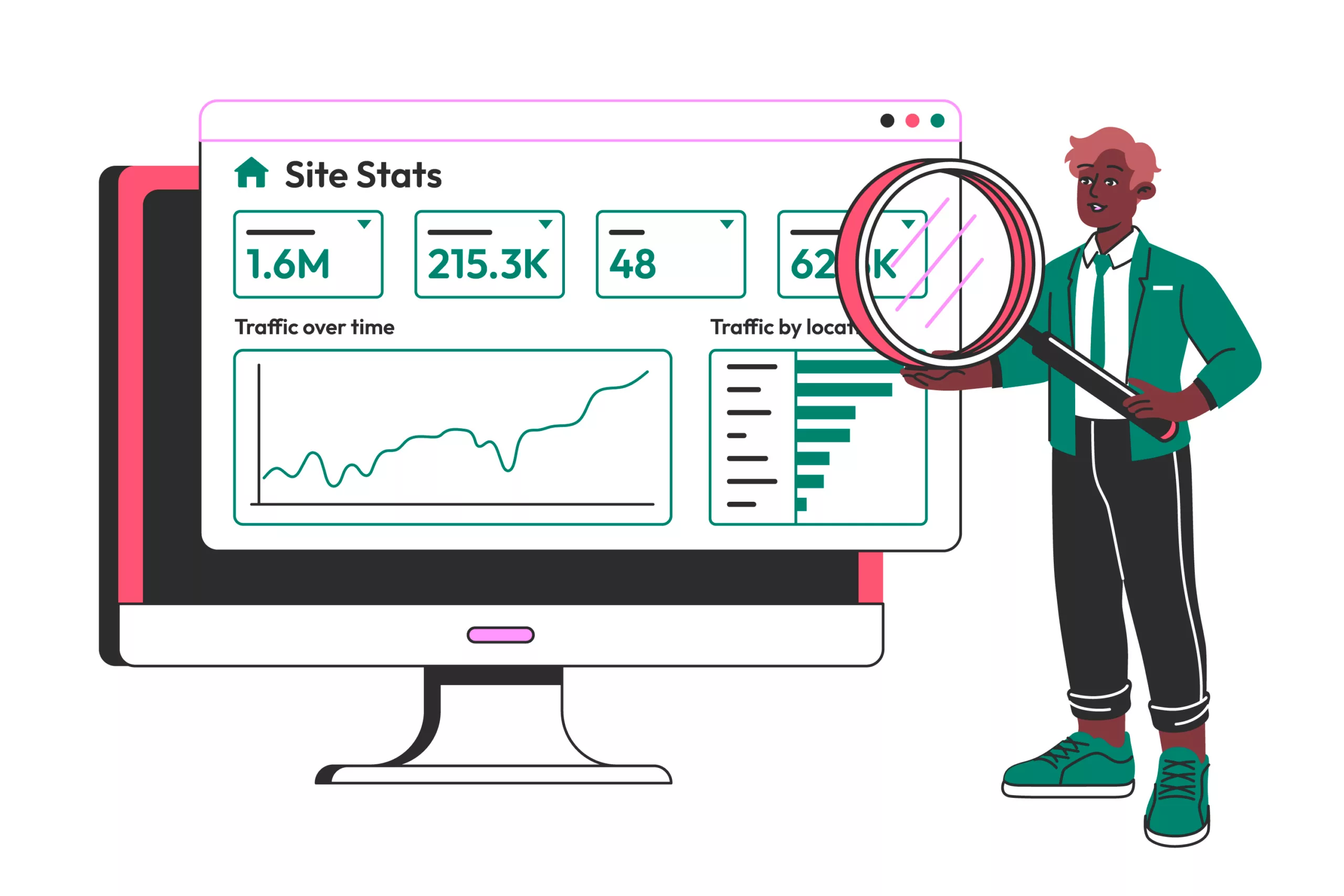In the ever-evolving digital landscape, where visibility can make or break a brand, SEO is no longer just about keywords and backlinks. A powerful yet often underestimated ally in your SEO strategy is social media. From driving traffic to amplifying content reach, social media signals are becoming increasingly influential in determining search engine rankings.
But what exactly are social signals, and how do they influence SEO?
In this blog, we’ll explore:
- What social media signals are and how they impact SEO
- Why search engines care about social engagement
- Key benefits and real-world examples
- Actionable strategies to boost your SEO using social media
Whether you’re a seasoned digital marketer or a business owner aiming to improve online visibility, this guide will help you understand the synergy between social media and SEO.
Understanding Social Media Signals
What Are Social Signals?
Social media signals refer to all forms of engagement on social platforms—likes, shares, comments, retweets, pins, and overall brand mentions. These interactions indicate how users perceive and engage with your content, which can indirectly affect your rankings on search engines like Google and Bing.
💡 Example: A blog post that gains traction on LinkedIn with hundreds of shares and comments signals value, which can lead to higher visibility in SERPs (Search Engine Results Pages).
Do Social Signals Directly Affect SEO Rankings?
Google has publicly stated that social signals are not a direct ranking factor. However, studies and SEO experts suggest a strong correlation between social activity and improved rankings.
Key Stats:
- A study by CognitiveSEO analyzed 23 million social media shares and found a positive correlation between social signals and higher rankings.
- Hootsuite reports that content with high social shares receives 22% more backlinks than content with low engagement.
So, while social signals may not be a direct ranking factor, they play a significant indirect role by influencing other ranking factors like backlinks, dwell time, and click-through rates.
How Social Media Influences SEO (Indirectly)
1. Increases Content Visibility & Traffic
Social platforms help you distribute your content to a wider audience, driving more traffic to your website. This can improve key SEO metrics such as:
- Dwell time: Time users spend on your site
- Bounce rate: Lower bounce rates signal relevant content
- Click-through rate (CTR): A strong indicator of value
2. Boosts Brand Awareness & Authority
Consistent social engagement builds brand recognition. A well-recognized brand is more likely to earn high-quality backlinks, which remain a critical ranking factor.
🔗 Pro Tip: Build partnerships with influencers or niche communities on Twitter, LinkedIn, or Reddit to earn credible backlinks.
3. Accelerates Content Indexing
When your content is widely shared, search engine bots are more likely to discover and index it faster, especially if shared across high-authority platforms.
4. Encourages Natural Link Building
High-value content shared across platforms tends to get picked up by bloggers, journalists, and other websites—leading to organic backlinks, which directly improve SEO.
Benefits of Leveraging Social Signals
✔ Enhanced Search Visibility
✔ Stronger Brand Engagement
✔ Faster Indexing of Content
✔ Higher Inbound Traffic
✔ Improved Domain Authority (indirectly)
Challenges to Consider
While the benefits are clear, leveraging social signals effectively comes with its own set of challenges:
- No direct control over how platforms evolve
- Algorithmic unpredictability (e.g., Facebook’s ever-changing reach mechanics)
- Requires consistent effort and content quality
- May take time to show SEO impact
Actionable Tips & Strategies to Use Social Media for SEO Gains
Here are seven practical ways to turn your social presence into an SEO powerhouse:
1. Share Quality Content Consistently
- Post blogs, infographics, videos, and industry insights.
- Use captivating visuals and compelling headlines.
2. Optimize Your Social Profiles
- Include target keywords in your bio, page descriptions, and post captions.
- Link back to your website or landing pages.
3. Encourage Sharing & Engagement
- Add social sharing buttons to your website content.
- Run contests, polls, or Q&A sessions to spark engagement.
4. Leverage Hashtags & Mentions
- Use relevant, trending hashtags to improve discoverability.
- Tag influencers or industry leaders to expand reach.
5. Repurpose Evergreen Content
- Convert blog posts into Twitter threads, Instagram carousels, or LinkedIn articles.
- Re-share high-performing content periodically to new audiences.
6. Track Metrics with UTM Parameters
- Monitor what content performs best on which platform using Google Analytics + UTM tags.
7. Engage in Social Listening
- Use tools like Brandwatch, Mention, or Sprout Social to monitor brand mentions and feedback.
- Address queries promptly to enhance reputation and trust.
Conclusion
Social media and SEO are no longer separate silos. When strategically aligned, they create a feedback loop of visibility, engagement, and authority—driving long-term success in digital marketing.
To truly leverage social media signals:
- Focus on quality content that resonates,
- Foster genuine engagement,
- And ensure your social efforts are strategically aligned with your SEO goals.
In today’s hyper-connected world, the brands that win are those that are visible, valuable, and versatile—across search engines and social platforms.
